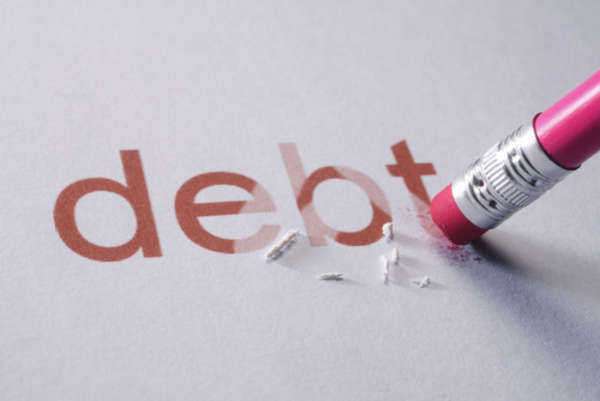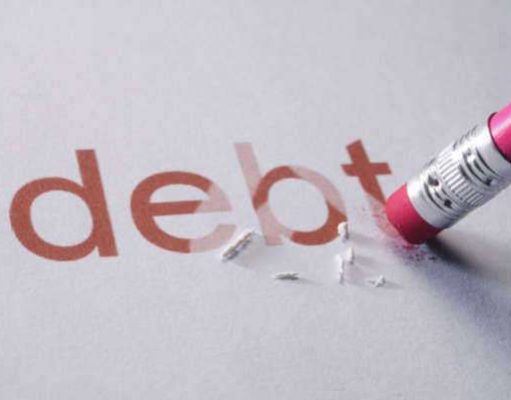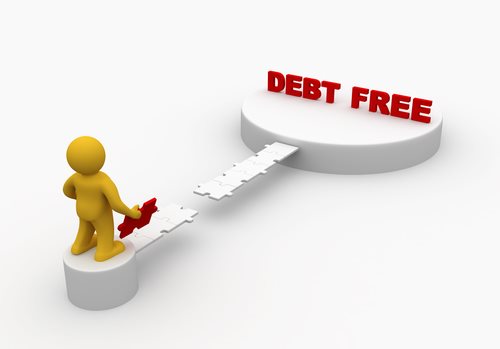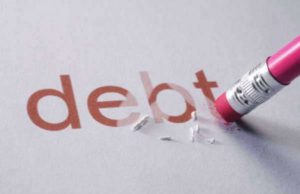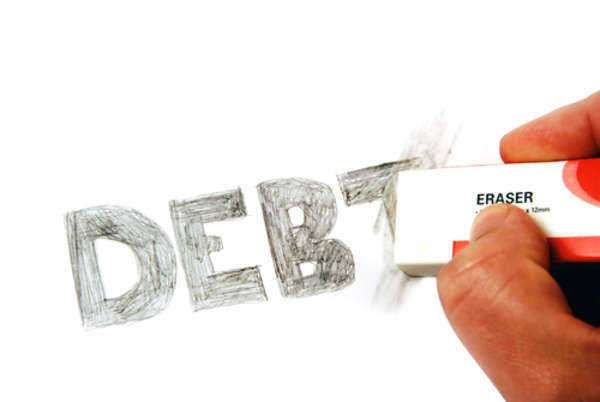Consolidated Credit
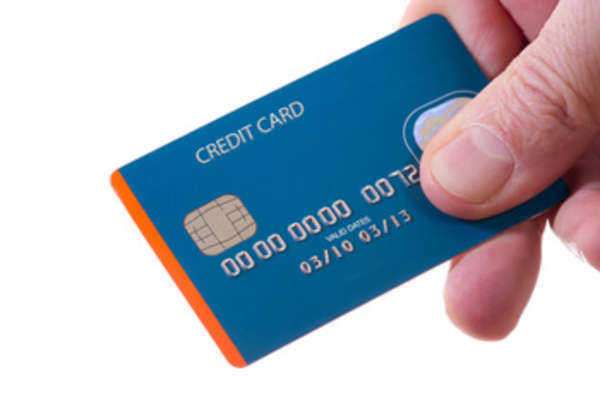
Consolidated Credit: What You Need To Know
Introduction
Consolidated Credit, also known as Debt Consolidation, is a term that has gained popularity in recent years as a means of managing debts. It refers to the process of merging multiple debts into a single, manageable monthly payment, which typically has a lower interest rate compared to the combined rates of all debts. This method of debt management is often recommended to individuals who have multiple credit cards, loans, or other forms of debt that are becoming difficult to manage.
This article explores Consolidated Credit in detail, including how it works, who can benefit from it, and the pros and cons of using it. It also provides updated information on government resources and other related topics.
How Consolidated Credit Works
Consolidated Credit is the process of combining all your debts into one monthly payment, usually through a debt management program offered by credit counseling agencies. Here is how the process works:
– Consultation: The first step in Consolidated Credit is to consult with a credit counselor who will assess your financial situation and determine whether debt consolidation is suitable for you. They may also review your credit report, which is a record of your borrowing history, to identify any errors or mistakes that could be affecting your credit score.
– Plan development: If debt consolidation is appropriate, the credit counselor will develop a debt management plan that outlines the terms of your new consolidated loan. This may include the total amount you owe, the interest rate applied, and the frequency of the payments.
– Negotiation: The credit counselor will then negotiate with your creditors to reach an agreement on the terms of the new loan. This involves requesting reduced interest rates, waived fees, or other leniencies that can help you pay off your debts faster.
– Payment: Once the new loan is approved, you will make a single payment to the credit counseling agency, which will then distribute the payment to your creditors on a monthly basis. This simplifies the payment process and ensures that you always pay on time, which can help improve your credit score.
Who Can Benefit from Consolidated Credit?
Consolidated Credit is an effective tool for anyone who is struggling to manage multiple debts. Here are some scenarios where Consolidated Credit may be an appropriate solution:
– You have multiple credit cards with high balances and high-interest rates. If you are struggling to keep up with the minimum payments on your credit cards, Consolidated Credit can help you reduce the interest rates and simplify the payment process.
– You have multiple installment loans, such as personal loans or auto loans, with high monthly payments. Consolidated Credit can help you combine these loans into one monthly payment with a lower interest rate, making it easier to manage your finances.
– You have multiple payday loans, which are short-term loans with high interest rates that are meant to be paid back on your next payday. If you are constantly renewing your payday loans or are struggling to keep up with the payments, Consolidated Credit can help you get a more reasonable payment plan.
The Pros and Cons of Consolidated Credit
Like any financial decision, Consolidated Credit has its pros and cons that should be carefully evaluated before making a decision. Here are some advantages and disadvantages to consider:
Pros:
– Simplifies the payment process: Consolidated Credit simplifies your payment process by combining all your debts into one monthly payment. This can reduce the stress of juggling multiple payments and ensure that you always make your payments on time, which can help improve your credit score.
– Reduces interest rates and fees: Consolidated Credit can help you reduce your interest rates and fees, which can save you money in the long run. This can also make it easier to pay off your debts faster, as more of your payment goes towards the principal amount.
– Provides a clear timeline for debt repayment: Consolidated Credit provides a clear timeline for debt repayment, which can help you stay motivated to pay off your debts and reach your financial goals.
Cons:
– Can negatively impact your credit score: Consolidated Credit is not a solution that will improve your credit score overnight. In fact, it can negatively impact your score if you miss payments or stop paying altogether. Additionally, Consolidated Credit may remain on your credit report for up to seven years, which can make it difficult to obtain new credit in the future.
– May require a long-term commitment: Consolidated Credit typically requires a long-term commitment, which can make it difficult to change your financial goals or circumstances. Additionally, you may need to make significant lifestyle changes to stay within your budget and make your payments on time.
– Not a solution for all kinds of debt: Consolidated Credit is not a solution for all types of debt and may not be appropriate for everyone. For example, it may not be suitable for debts that are in collections or past due, as creditors may not be willing to negotiate.
Government Resources for Consolidated Credit
The government provides several resources to help individuals manage their debts and improve their financial situation. Here are some resources to consider:
– The Federal Trade Commission (FTC) provides information on debt consolidation, including guidance on how to choose a reputable consolidation company and how to avoid scams. The FTC also provides a sample letter that you can use to dispute any errors on your credit report.
– The Consumer Financial Protection Bureau (CFPB) provides information on debt management and offers a tool to compare the cost of debt consolidation with other debt repayment options.
– The Department of Education provides information on student loan consolidation, which is a type of Consolidated Credit that allows you to combine multiple federal student loans into one loan with a single monthly payment.
Conclusion
Consolidated Credit is a powerful tool that can help individuals manage their debts and improve their financial situation. While it is not a solution for everyone, it can be an effective way to simplify your payment process, reduce your interest rates and fees, and provide a clear timeline for debt repayment. However, it is important to carefully evaluate the pros and cons of Consolidated Credit before making a decision and to seek guidance from trusted sources, such as credit counselors and government resources. With the right approach, Consolidated Credit can help you achieve your financial goals and secure your financial future.
Consolidated Credit Defined:
Consolidated credit counseling refers to the inclusion of a third party professional to help organize and agglomerate your debts. Consolidated credit councils thus group your payment schedules of previously-incurred debts into one all-encompassing debt/payment schedule. This process, which is known as debt consolidation, yields a singular monthly payment for all previously-attained debts. Furthermore, the financial maneuver is attached with a lower and fixed interest rate.
In addition to lower interest rates and fixed payment schedules, consolidated credit will enable the borrower to mitigate the risks associated with numerous debts; these risks include late fees, missed payments, service charges, and fluctuating and/or high interest rates.
An individual should only contact consolidated credit services if their debts—and more specifically their monthly payments—are suffocating and impeding the purchase of necessities.
How do I Consolidate my Credit?
If you are in a financial hole, (your credit cards are maxed out and you are struggling to satisfy loan payments) credit consolidation is the most prudent way to regain control of your finances. Whether you seek the aid of a credit consolidation company or you initiate the process by yourself, you need follow these basic steps to get a control of your debt:
1. Before you engage in credit consolidation you must stop using all of your credit cards—the more you access these lines of credit, the more debt you will accumulate.
2. Calculate the amount of debt owed on your credit cards and loans. Work out an appropriate monthly figure to satisfy this amount. Observe the accounts with the largest outstanding balances.
3. Contact your credit card companies and ask if it is possible to lower your APR. When requesting for a decrease in your interest obligation, be persistent; paying a lower APR will help you eliminate your debts sooner.
4. See if your creditors offer any deals to aid with your credit consolidation. A long term/low interest rate can reduce your monthly payments and improve your finances. Furthermore, a zero percent balance transfer will enable you to start repaying your principal debt, as oppose to interest.
5. Transfer all of your debts onto your lowest rate credit card—this is the most efficient way to achieve consolidate credit.
6. Once transferred, pay more than the minimum payment each month. If you pay the same amount as you did prior to your consolidated credit, you will reduce the principal owed at a faster rate.
7. Stick to this plan and be consistent with your monthly payments to rid yourself of debt and get your finances in order.
Consolidated Credit through a Company or Licensed Professional:
In addition to transferring your debts to a low-interest credit card you can consult with a credit counseling company to have a professional consolidate your debts for you. To partake in this maneuver, simply contact a credit counseling service in your area—perform Internet searches and contact the Better Business Bureau to obtain a list of all consolidated credit companies in your region. You must ensure that these companies are members of the Better Business Bureau and comprised of certified credit counselors.
When you have chosen a consolidated credit company, contact them to schedule a free consultation. During this preliminary meeting you will be required to elucidate on all of your debts and their associated variables. When this information is exchanged, the counselor will offer a quote, which represents the cost of consolidating your debts. If you accept the fee, the counselor will contact all of your creditors to negotiate a discounted repayment rate.
Once the rates are negotiated your debts are successfully consolidated into a sweeping repayment plan. The interest rate is lowered and fixed and the associated monthly payment is far less than it would be if you were paying each debt separately.

